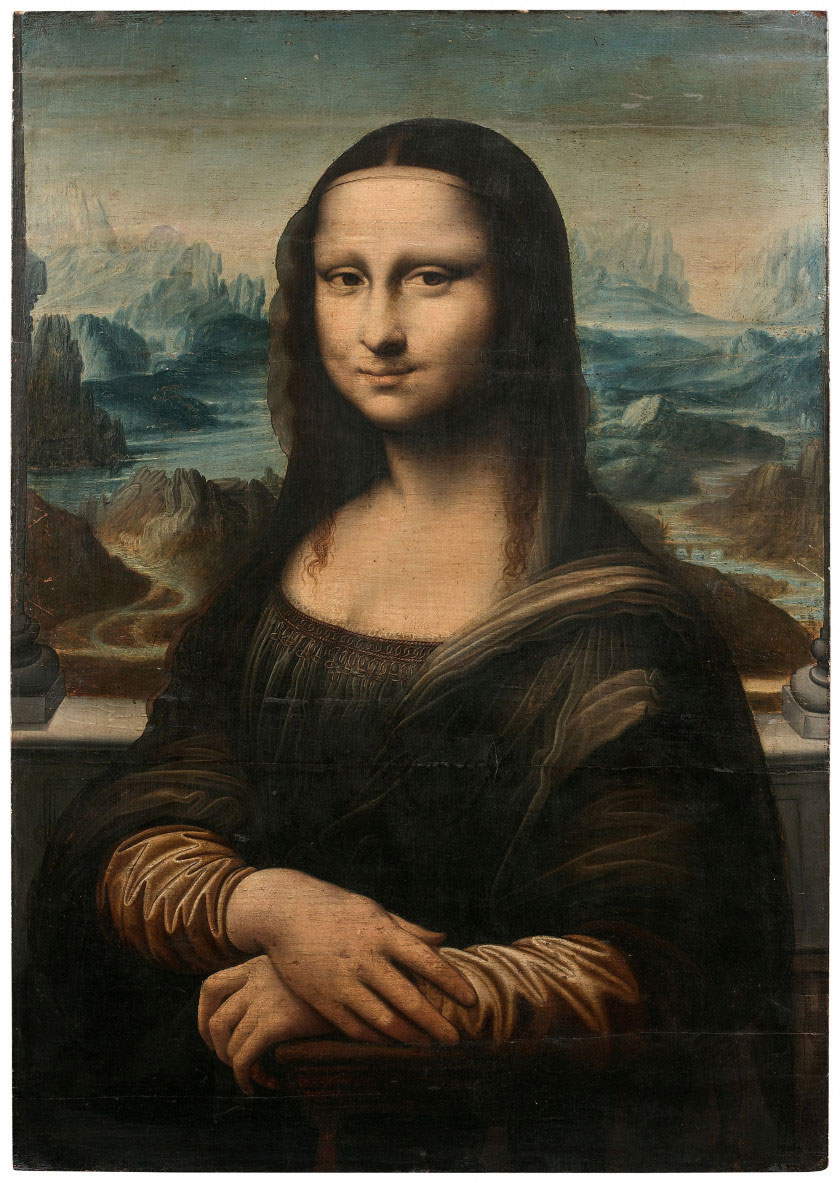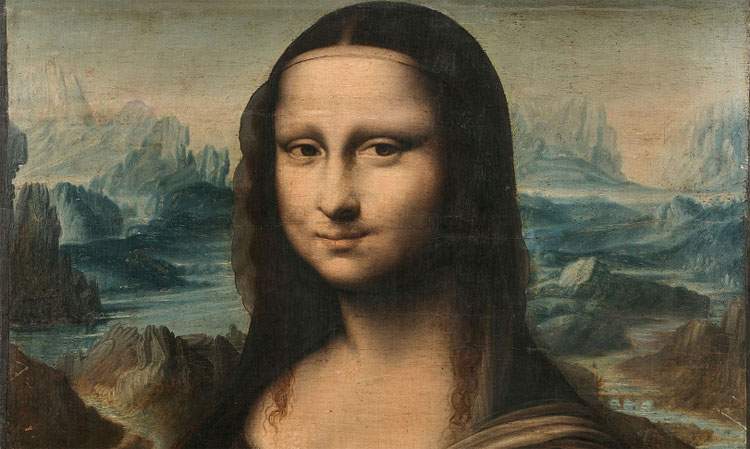An important early 17th-century copy of the Mona Lisa on wood panel goes up for auction in France
An important early 17th-century French school copy of Leonardo da Vinci’s Mona Lisa, a work known to number dozens of copies, will go up for auction on Nov. 9 at the French house Artcurial. The estimate is between 150,000 and 200,000 euros.
As is well known, Leonardo da Vinci’s Mona Lisa was purchased in 1518 by King Francis I through Gian Giacomo Caprotti known as the Salaì, a student of Leonardo da Vinci. The painting, which became part of the collections of the Château de Fontainebleau, enjoyed great notoriety since the 16th century, mainly because of the painting’s technical and aesthetic qualities: this was one of the reasons why, since the 16th century, copies of the Mona Lisa proliferated. The copy that goes on sale at Artcurial is a work that belongs to this cultural temperament: made on an oak panel, the Mona Lisa on auction is faithful to the original, with the difference, however, that the two columns of the loggia within which the Mona Lisa is seated appear more visible, at her sides. The painter who executed this painting, and whose name we do not know, was particularly careful to delicately render the complexions of the face and hands, adopting Leonardo’s sfumato to sublimate the contours of the face. A graphic treatment can be seen in the rendering of the folds of the sleeves, or again in the rocky landscape behind the protagonist.
These particular stylistic features, as well as the use of oak wood, led the auction house’s experts to believe that the copy is the work of a French school dating from the early 17th century. “These elements,” the catalog entry reads, “deserve to be emphasized because they give our copy a singular character: in fact, the Mona Lisa recently presented on the market were all on canvas, and the panel versions are particularly rare. These include the Mona Lisa in the Dulwich Picture Gallery, which belonged to the collection of Sir Joshua Reynolds, as well as the one in the collections of the Prado Museum and which is currently the subject of an exhibition. The fidelity to the original and the intelligence of the copy lead us to think that its author may have had access to Leonardo da Vinci’s Mona Lisa and examined it closely. It seems to us, therefore, possible to propose that we see, in this highly sensitive and skillfully painted shot, a work executed in the same environment in which the Mona Lisa acquired by François I was then located: precisely at Fontainebleau where the talented painters belonging to what was called the Second School of Fontainebleau still gravitated under the reign of Henry IV.”
A rare, early version, therefore, on panel, of both meticulous and stylistically assertive execution, and an important historical record of the major acquisition made by the King of France in the early 16th century (well before the revival of the work’s fortunes, which would also lead to the theft to which the Mona Lisa would be subjected in the early 20th century). Will buyers fight to bring it home?

 |
| An important early 17th-century copy of the Mona Lisa on wood panel goes up for auction in France |
Warning: the translation into English of the original Italian article was created using automatic tools. We undertake to review all articles, but we do not guarantee the total absence of inaccuracies in the translation due to the program. You can find the original by clicking on the ITA button. If you find any mistake,please contact us.




























